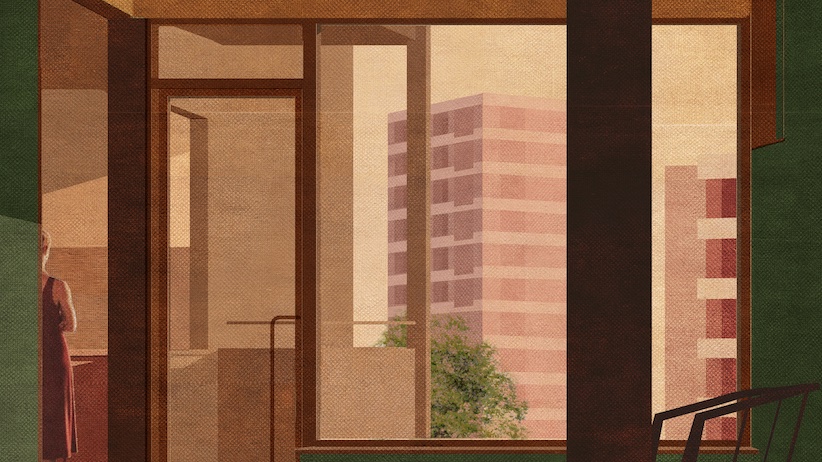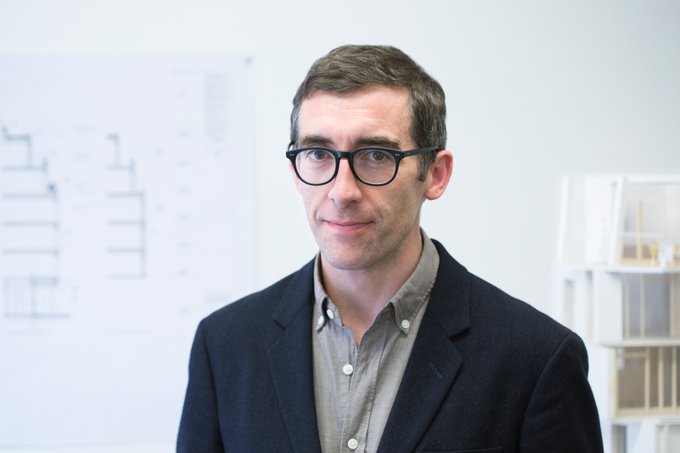Post
REPORT | From City to Room: a Manifesto for Better Living
20 Feb 2020
This year the London Society is focusing on the ‘public’ and, in a thought-provoking, informative and lively talk by Alex Ely, Founding Director of Mae Architects, delivered a manifesto for better living. Abigail Lane reports
The need for affordable and sustainable housing has, arguably, never been as pressing as it is now. The population of London continues to spiral upwards in its number and spill outwards in its geographical reach. Rapid urban population growth is a trend mirrored across the country, with a three-million-person population growth in the Oxford Cambridge corridor alone, and so town planners are forced to think of fast, innovative ways to meet this seemingly inexhaustible demand. In the first talk of the year, Ely examined cities, their inhabitants, and alternative ways to make buildings work and, in doing so, shed a fascinating light on the ways to improve city living.
Ely opened the evening with a discussion on the resilience of cities and the diversity of its inhabitants. He explored the use of Georgian townhouses, first from glorious homes to flat conversions and then office spaces. Clearly cities have a vibrant, diverse mix of uses and it is imperative architects respond to the character of the city and create spatial infrastructures that are accessible, durable and sustainable.
But it became clear that an understanding of the city and the use of a building within it is not enough. With demand far outstripping supply, Ely was very open about the fact that ‘this is where we need to admit we don’t have all the answers,’ and that designing buildings to cater for all people on all budgets whilst still being environmentally friendly, is very much a work in progress.
Decades of under provision combined with unprecedented population growth mean that buildings must work more efficiently than ever before, both in terms of their uses and the resources they use. Architects and planners are increasingly finding innovative ways to safeguard against environmental damage, such as using recycled waste in construction and cyclical timber. It’s not just the construction of the house that is being reconsidered, but the intended inhabitants, too. With the cost of elderly residents falling in their homes touching £1 billion a year, it is cheaper to rebuild homes that are safe for our aging population to live comfortably in, than it is to rehabilitate and treat them in hospitals. The question of how to design more appropriate housing to release the burden of social care throws up many answers, and is one that no one seems to have the perfect answer to.
Ely’s talk offered fresh perspectives on long-established arguments and, in doing so, put forward a convincing manifesto for better living.

